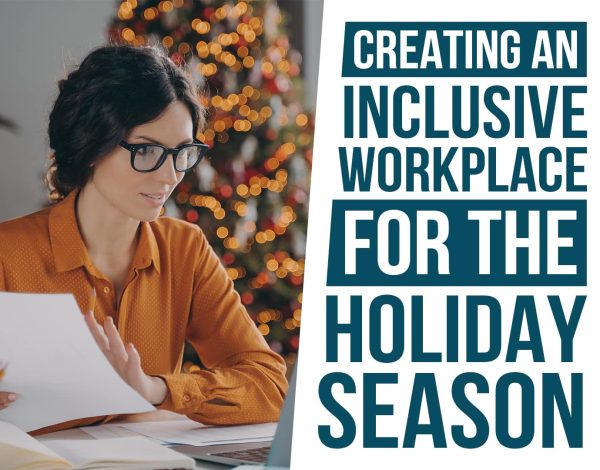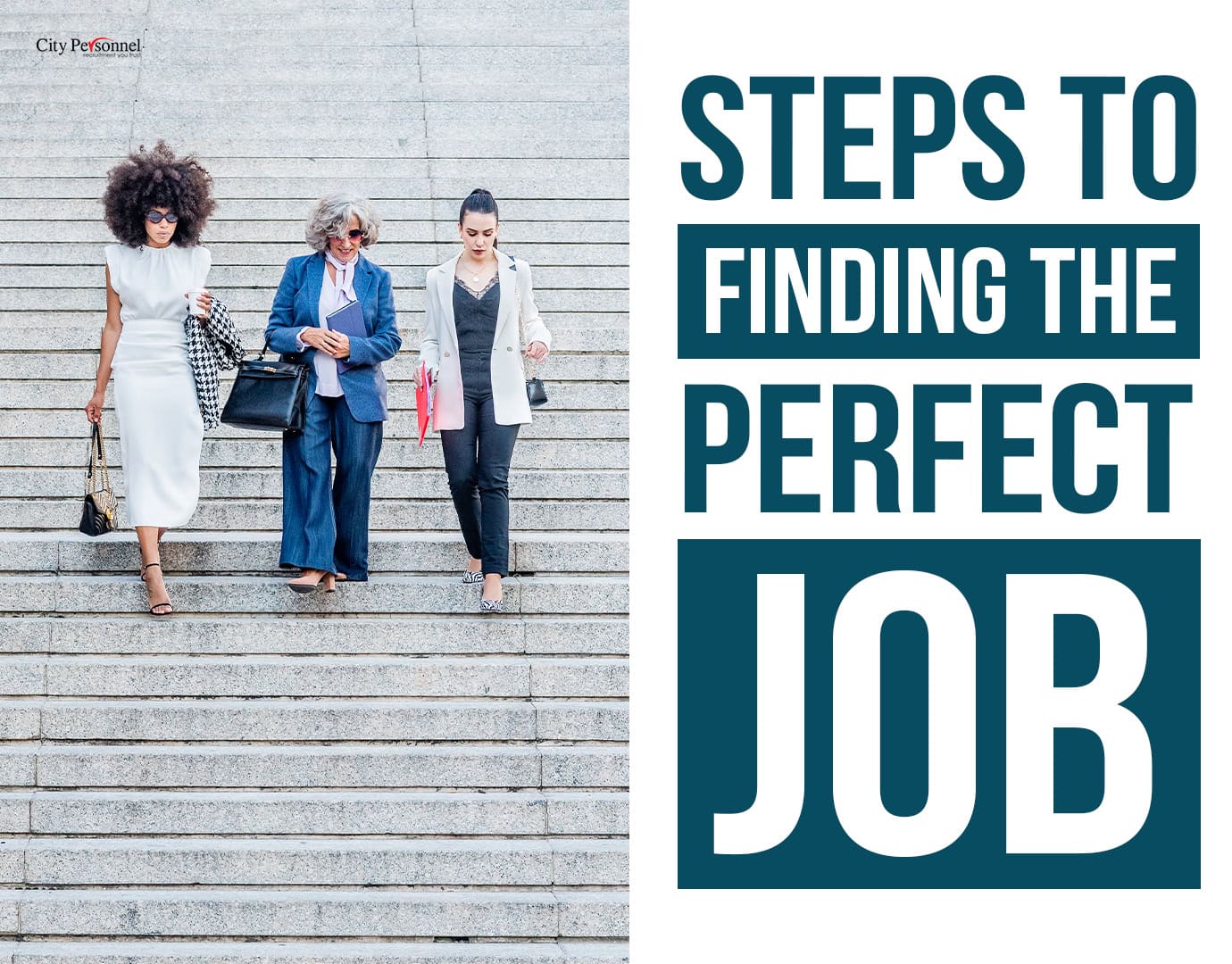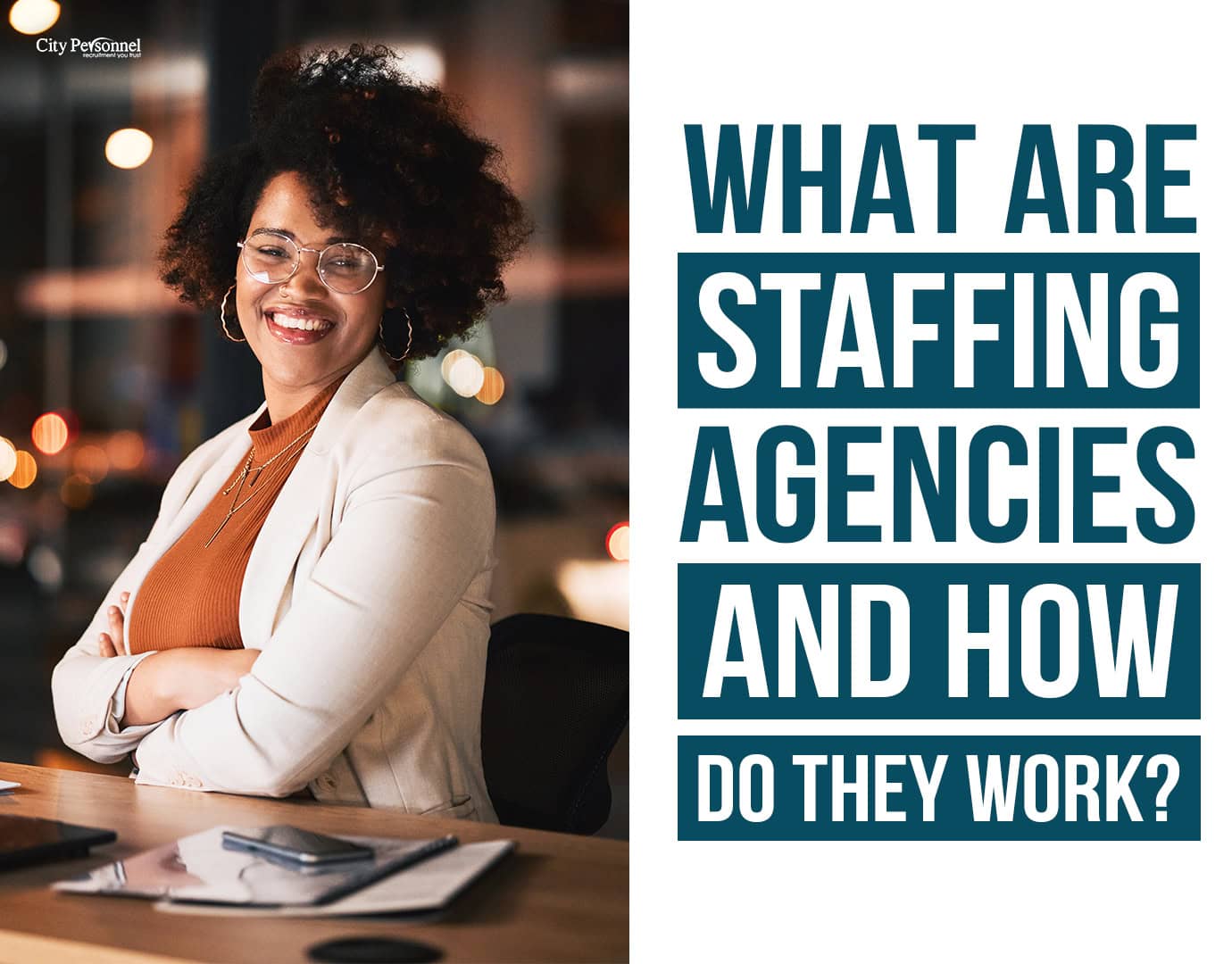As the owner of a company, you want to focus on keeping your workplace diverse and inclusive. According to BuiltIn.com, diverse companies get 2.3 times higher cash flow per employee than less diverse ones. For this reason, one goal for hiring managers is to create a diverse and inclusive workplace. The most important month for a company to help make their employees feel included is in December.
December is usually one of the craziest months of the year for some companies. December is the last month before the new year, which is when companies rush to fill quotas, budget, and much more. However, even more importantly, in December, employers have to make sure their employees feel included during the holiday season. There are 11 religious holidays celebrated around the world in December. Do you know them all?
11 Holidays the World Celebrates in December
- December 6 - St. Nicholas Day
- December 7 - First Day of Hanukkah
- December 8 - Immaculate Conception Day
- December 8 - Bodhi Day
- December 12 - Feast Day of Our Lady Guadalupe
- December 15 - Last Day of Hanukkah
- December 21 - First Day of Yule
- December 24 - Christmas Eve
- December 25 - Christmas Day
- December 26 - Boxing Day
- December 26 - First Day of Kwanzaa
- December 26 - Zarathosht Diso
- December 31 - New Year’s Eve
- January 1 - New Year’s Day
- January 1 - Last Day of Kwanzaa
- January 1 - Last Day of Yule
Importance of recognizing and honoring various holidays
It is crucial to recognize and respect the diversity of religious holidays in the workplace. While Christmas may be widely celebrated by a majority of Americans, it is essential to foster an inclusive environment that acknowledges and respects all religious observances. Here’s why recognizing and honoring various holidays is important for organizational engagement:
-
Inclusivity and Respect: Embracing diversity means valuing and respecting people of different cultural backgrounds and religious beliefs. By acknowledging and celebrating a range of holidays, you create an inclusive workplace where employees feel seen, respected, and valued. This fosters a sense of belonging and enhances overall employee engagement and morale.
-
Equal Opportunities: Recognizing different holidays ensures that all employees have equal opportunities to express their religious beliefs and observe their traditions. It promotes fairness and avoids favoring or privileging one particular religion over others. This inclusivity contributes to a more harmonious and equitable work environment.
-
Employee Well-being: Acknowledging and accommodating various holidays demonstrates your organization’s commitment to employee well-being. It recognizes that individuals have diverse personal lives and commitments outside of work. By allowing employees to celebrate their religious holidays, you show consideration for their holistic well-being, which can contribute to increased job satisfaction and loyalty.
-
Cultural Competency: Embracing diverse religious observances encourages cultural competency within the workplace. It provides an opportunity for employees to learn about different customs, traditions, and beliefs. This cultural exchange fosters understanding, empathy, and open-mindedness among colleagues, promoting a more harmonious and collaborative work culture.
-
Employee Engagement and Retention: Recognizing and observing different holidays can positively impact employee engagement and retention. When employees feel their religious traditions are respected and acknowledged, they are more likely to feel connected to the organization and its values. This sense of belonging can lead to increased job satisfaction, productivity, and loyalty.
-
Team Building: Celebrating diverse holidays can be an opportunity for team building and fostering positive relationships among colleagues. Encouraging employees to share their traditions, foods, or rituals can create a sense of camaraderie and strengthen interpersonal connections. This can lead to improved collaboration, communication, and teamwork.
-
Organizational Reputation: Embracing religious diversity contributes to a positive organizational reputation. By demonstrating inclusivity and respect for all religions, your organization is more likely to be seen as progressive, socially responsible, and attractive to potential employees and clients who prioritize diversity and inclusion.
When it comes to recognizing religious holidays in the workplace, it is important to establish policies and practices that ensure fairness, inclusivity, and respect for all employees. This may involve offering flexible scheduling, allowing time off, or organizing inclusive celebrations that encompass various observances.
How to Create an Inclusive Office for the Holidays
The holiday season brings people together, but it is essential to ensure that everyone feels respected and included, regardless of their beliefs or traditions. By adopting inclusive practices, we can foster a sense of belonging for all employees. So, let’s dive in and discover how we can make our workplaces more inclusive during the holiday season.
Establishing a Diverse Planning Committee: To foster inclusivity in the office, start by forming a diverse planning committee. This group should consist of individuals with varying beliefs and perspectives on holidays. By involving different voices, you can engage in meaningful discussions and develop inclusive strategies for celebrating holidays throughout the year. Creating this committee is an excellent first step towards promoting a more inclusive workplace.
Scheduling Considerations: Avoid organizing office events that coincide with significant religious holidays. For instance, scheduling a holiday party on Christmas or during Hanukkah may result in low attendance as employees often prefer to spend those days with their families. To ensure inclusivity, consult the interfaith calendar while planning end-of-the-year celebrations and adjust the schedule accordingly.
Embrace Voluntary Attendance: Instead of making holiday parties mandatory, adopt a voluntary approach. Recognize that not all religions celebrate holidays, and some employees may have personal reasons for not participating. Clearly communicate that attendance is optional and emphasize that there is no pressure or expectation for anyone to attend. Respecting individual choices will contribute to a more inclusive environment.
Non-Specific Decorations: When organizing a holiday party, refrain from displaying decorations specific to one particular holiday, such as a Christmas tree or ornaments. Recognize that such symbols may inadvertently exclude individuals who do not celebrate that particular holiday. Opt for neutral and inclusive decorations that create a festive atmosphere without favoring one religion over others.
Diversity in Food Choices: Cater to the diverse dietary needs and preferences of your employees during holiday celebrations. Consider offering a range of food options that accommodate various religious requirements, as well as vegetarian or vegan choices. Ensure that your food selections are respectful and inclusive of different cultural backgrounds. Providing a wide variety of foods will ensure everyone feels included and valued.
Incorporating these inclusive practices into your holiday celebrations will help create a workplace where all employees feel respected and included.








